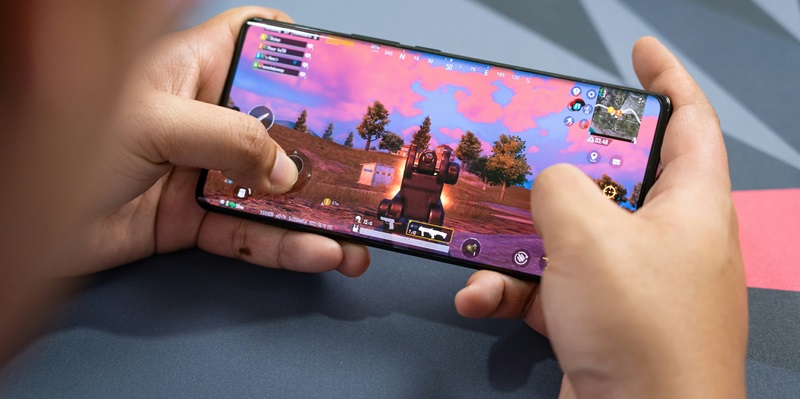The upcoming launch of the Vivo X200 Pro is highly anticipated, especially with its confirmed availability in Europe. Listed under the code V2413 in the database of the British mobile phone provider EE, this model is expected to make a significant impact. A critical focus of the Vivo X200 Pro is its advanced camera system, particularly the 200 MP telephoto camera, which is a signature feature inherited from the Vivo X100 Ultra. This integration signals Vivo’s commitment to maintaining high-end photography capabilities, even as it adapts and compromises on other camera specifications. The decision to retain this powerful telephoto camera demonstrates Vivo’s strategy for leveraging existing technology to capture consumer interest and foster brand loyalty.
The specifications of the 200 MP telephoto camera are indeed impressive and warrant further exploration. Expected to feature a Samsung ISOCELL HP9 sensor, the camera will come in a 1/1.4-inch format, with an F/2.67 aperture and an 85mm native focal length. This setup emphasizes continuity in Vivo’s high-end telephoto capabilities. By leveraging the tried-and-tested technology from the X100 Ultra, Vivo aims to provide users with excellent photographic solutions, which is a critical selling point for the brand. This approach allows Vivo to balance innovation with proven quality, ensuring that users get the best possible experience without the uncertainties that often accompany brand-new technology.
Camera Capabilities and Strategic Choices
While the 200 MP telephoto camera is a standout feature, Vivo has made some strategic adjustments to the main camera. Unlike its predecessor, the X200 Pro is rumored to opt for a smaller sensor, foregoing the 1-inch sensor that was a highlight in previous models. This decision suggests a nuanced strategy aimed at optimizing overall performance while managing production costs and complexity. In doing so, Vivo is likely aiming to reach a broader audience by offering a high-end telephoto feature that will entice photography enthusiasts without alienating other users who may not require top-tier primary camera capabilities.
The selection of the smaller sensor for the main camera aligns with Vivo’s pragmatic approach to balancing features across its new models. This strategy might reflect market research indicating that the 1-inch sensor, while a marvel of engineering, isn’t a critical requirement for the majority of users. By reallocating resources to enhance other aspects of the device, Vivo can maintain competitive pricing and make its advanced camera technologies more accessible. This tactical decision is essential for sustaining growth in the competitive smartphone market, especially as Vivo seeks to expand its footprint in Europe.
Expansion into the European Market
The impending release of the Vivo X200 Pro in Europe marks a significant milestone in Vivo’s strategic market expansion. By making its debut on a prominent European carrier’s database, Vivo signals its determination to establish a more substantial presence in a fiercely competitive market. This move is more than a mere product launch; it represents Vivo’s broader ambition to challenge established brands and capture a share of the lucrative European smartphone market. The company’s focus on advanced camera technology, exemplified by the 200 MP telephoto feature, is a critical component of its strategy to differentiate itself from competitors.
Expanding into Europe also allows Vivo to tap into a diverse consumer base that values innovation, quality, and performance. This market entry is a strategic step to gain traction among European consumers who are increasingly discerning and demand high-quality smartphone experiences. Vivo’s European debut with the X200 Pro could potentially lead to heightened brand awareness and loyalty, paving the way for future product launches and a more extensive market share. The move signifies Vivo’s ongoing commitment to global expansion, leveraging technological strengths and strategic market insights to fuel growth.
Vivo’s Innovation and Market Strategy
The much-awaited launch of the Vivo X200 Pro has generated considerable excitement, particularly with its confirmed release in Europe. Recently listed as V2413 by the British mobile phone provider EE, this model is poised to make a substantial impact on the market. A major highlight of the Vivo X200 Pro is its advanced camera system, notably the inclusion of a 200 MP telephoto camera. This standout feature is inherited from the Vivo X100 Ultra, underscoring Vivo’s dedication to high-end photography, even as it may compromise on other camera specifications.
Retaining this powerful telephoto camera reflects Vivo’s strategy to leverage existing, proven technology to capture consumer interest and build brand loyalty. The camera is expected to feature a Samsung ISOCELL HP9 sensor, configured in a 1/1.4-inch format with an F/2.67 aperture and an 85mm native focal length. This setup symbolizes continuity in Vivo’s high-end telephoto capabilities. By using technology from the X100 Ultra, Vivo aims to offer top-notch photographic solutions, which is a significant selling point for the brand. This approach allows Vivo to balance innovation with established quality, ensuring an exceptional user experience without the risks of completely new technology.

